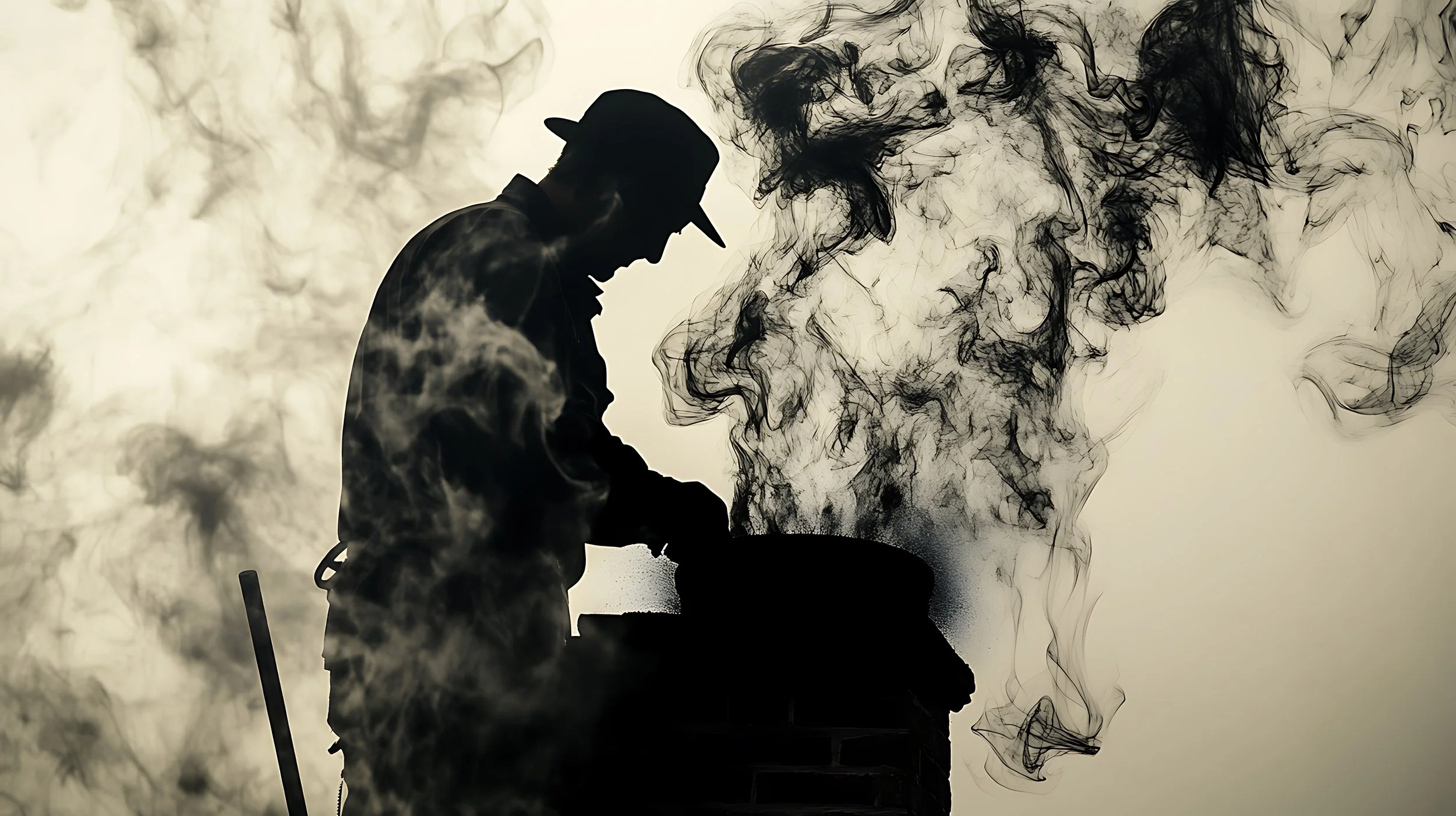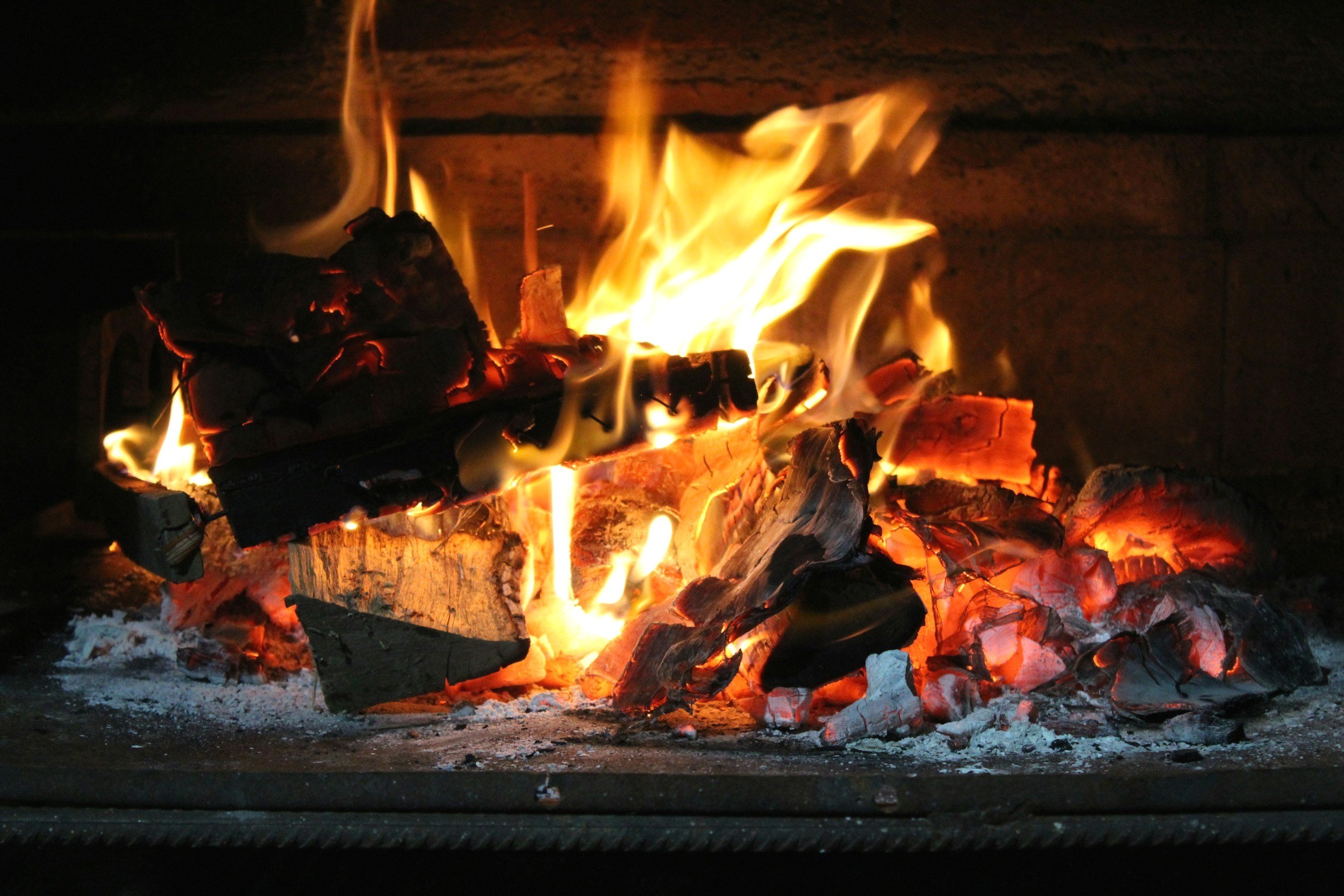Woodstove Maintenance Tips
-

🔥 Keep It Clean
Regular cleaning of your wood stove—and just as importantly, your stovepipe and chimney—is essential. The biggest culprit? Creosote. This sticky, flammable byproduct of wood combustion can build up quickly and lead to dangerous chimney fires if not addressed.
The Chimney Snake makes cleaning easy and convenient, as long as it’s used properly and often. For seasonal users, a few cleanings a year may be enough. But if your stove is working overtime through the winter, we recommend using the Chimney Snake monthly to stay ahead of creosote.
How often you clean depends on how often you burn:
Occasional use? Inspect and clean every few months.
Daily winter heating? Check monthly—your Chimney Snake can handle it!
Rule of thumb: When in doubt, clean it out.
Always let the stove cool completely before performing any maintenance. Safety first—no exceptions.
-

🔥 Build a Smart Fire
Start small and build up:
Use dry, lightweight kindling arranged in a crisscross pattern to encourage airflow.
Add larger logs gradually as the fire gets going.
Keep the door slightly open at first to boost draft, then close it once the fire is established.
Good fires start with the right fuel:
Always use dry, seasoned wood. Wet or green wood creates more smoke—and more creosote.
Hardwoods like oak, maple, and ash are your best bet for steady heat and longer burn times.
Surrounded by pine and fir? Go ahead and burn it—but just clean more frequently. The Chimney Snake has you covered.
-

🌬️ Control the Airflow
Good airflow is the secret to a happy woodstove. You’ll want to adjust the damper to control how much oxygen feeds your fire. More air makes the fire burn hotter and faster; less air slows things down and stretches your wood supply. It’s all about balance.
If your home is tightly sealed, cracking a window nearby can make a big difference. A little fresh air helps the stove “breathe” and burn more cleanly—no smoke backing up, no struggling flame.
Adjust the damper to control how quickly your fire burns. Tinker a bit and pay attention to how your stove responds. With a little practice, you’ll find the sweet spot for steady heat, minimal smoke, and efficient burns. Good airflow is key to a clean, efficient burn:

